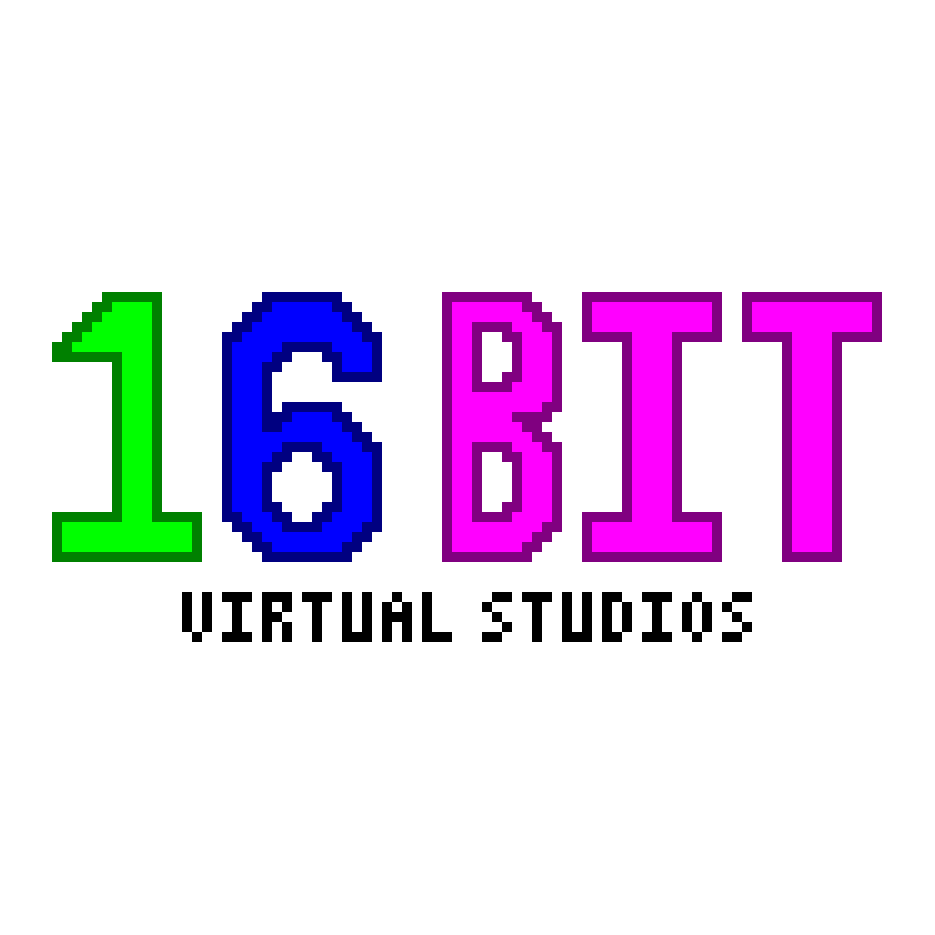If you wanna print it yourself, the model is here: https://www.printables.com/model/1348194-4n-threaded-flat-head-screws-and-nuts-10-32-equiva
Design to be a drop in replacement for 10-32 screws with a much, much higher pitch. These screws are extremely easy to print, is reliable enough that it can hold some weight.
If you wanna print this yourself, you need to make sure that the screw is sideways, so if it breaks it’s no on the layer lines.

Using them in my own prints which had metal screws and they are holding quiet well.


Have you considered a slotted head? They will scale better than a cross head, which works best with a machined fit.
Do different fills have different effects on the sturdiness? I would think that a solid fill is the best, but my kid insists different fills are more rigid.
fuck slotted.
fuck fuck fuck fuck slotted.
fuck slotted all the way back to 1513 and the first clock maker who released those accursed damnable screws on humanity.
I would rather gouge out my fingernails and toenails with a dull spoon than have to suffer through another slotted screw that’s somehow worse than normal slotted screws.
fuck. slotted. screws.
Wish I could upvote you more.
Any time I take out a slotted screw, I throw the fucker away and replace with (preferably) torx, but I’ll settle for Phillips.
Meh, slotted screws get used a lot. What most people don’t get is the reason they have problems with slotted screw heads is because they don’t use a proper fitted driver that fits the slot correctly. You always try to use an undersized driver and are then shocked to discover you have problems.
Don’t blame the tool for your poor choices. Use the properly fitted tool for the job.
Slotted only have two points of contact, which is part of what makes them so easy to strip.
Most other fasteners have double that as a minimum.
Slotted are also generally used in old-fashioned furniture only where I live, and those tend to be very shallow for aesthetic or historical reasons, making the problem even worse.
A properly fitted straight bladed screw driver will fit snugly in the slot along it’s entire length. This offers more than the ‘two points of contact’ that your poorly chosen screw driver does. Add a hollow ground blade, they get an amazingly powerful grip. Learn to fit a screw driver properly and you will seldom have a problem with a slotted screw. As toolmakers and high end gunsmiths know and you don’t.
Of course, if you have neither the skill or enough ambition to be bothered to ensure the tool fits the fasteners correctly, you probably should choose a more foolproof tool and fastener.
Do I look like a rocket surgeon
Surgery is not required. You only need to 5% smater than the tool you are using.
Slotted is the way to go. I’ve messed with a lot of drive types on 3D printed screws and I always come back to slotted, because it’s the most resistant to being reamed out. Phillips, Torx, Roberson (square), and especially Allen (hex) really don’t work very well when printed in plastic.
Still testing the head designs. Should consider a slot instead since the hole doesn’t take well to a metal screw driver.
As for the fills. Wall thickness has more impact than infill due to it’s size. With that said, from my testing with stylus, 100% infill bends better than 25% which I am using. But as this is not suppose to be used crooked it shouldn’t make too much of a difference.